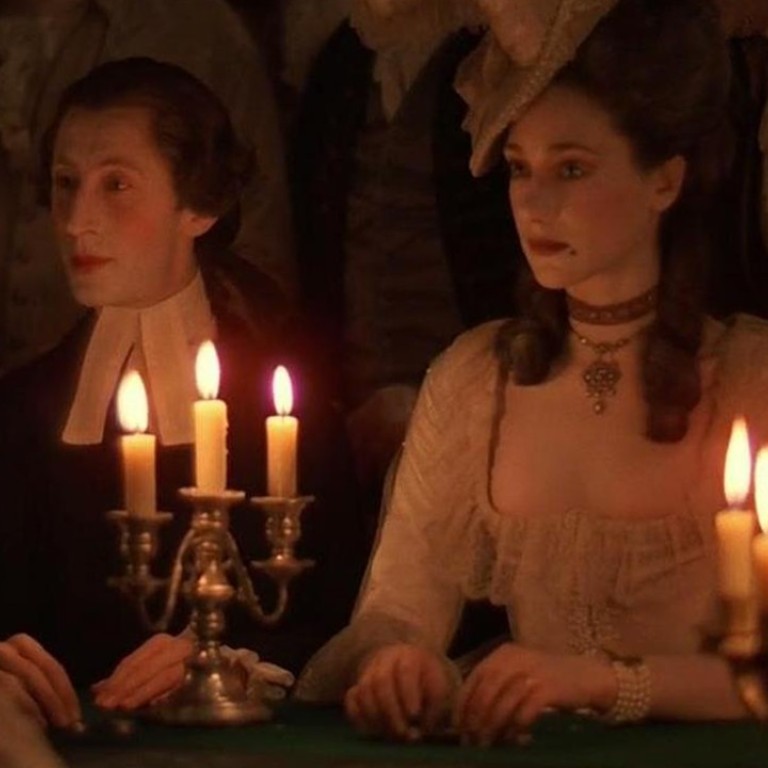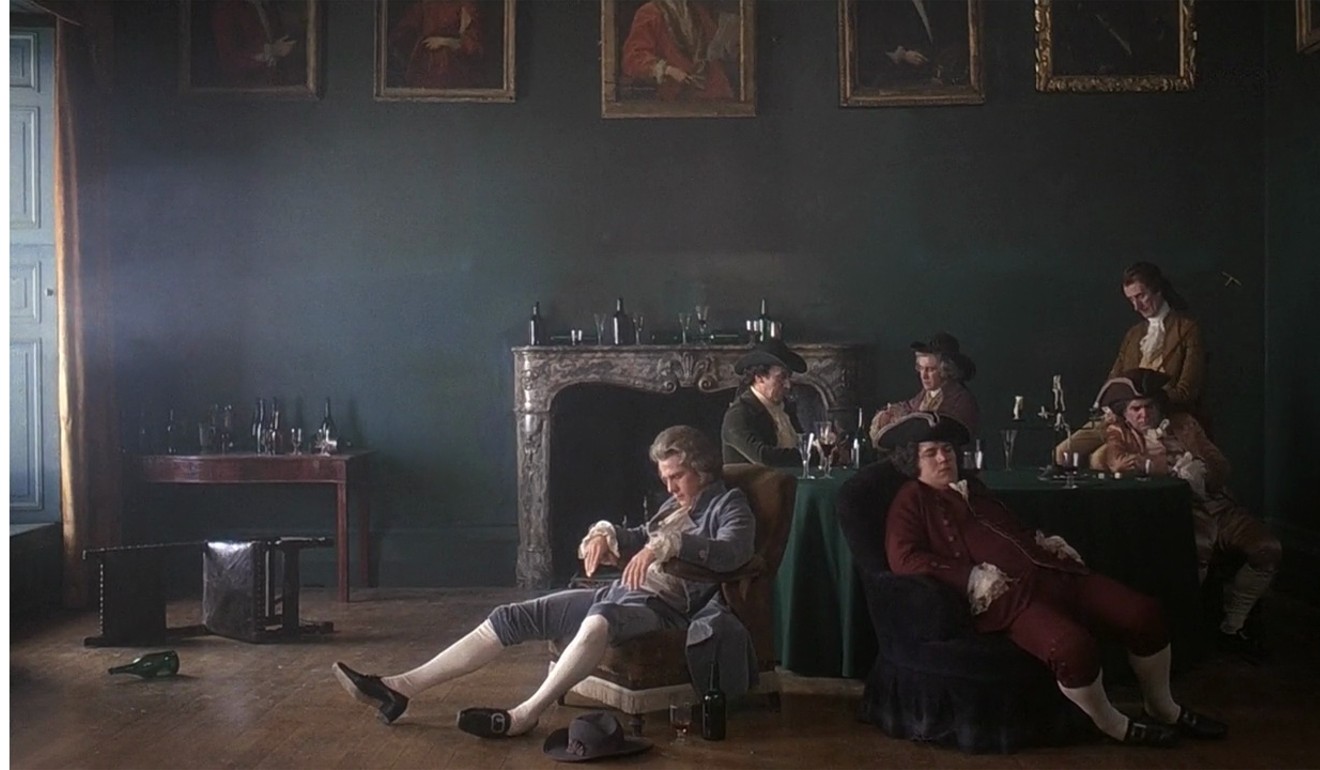
Flashback: Barry Lyndon (1975) – Stanley Kubrick’s Thackeray adaptation is a gorgeous period classic
Regarded as a lesser work on its release, this adaptation of Thackeray’s picaresque novel is now considered an intellectually and emotionally involving masterpiece
Although it was regarded as one of Stanley Kubrick’s lesser works when it was released, in 1975, this adaptation of William Makepeace Thackeray’s 1844 novel, The Luck of Barry Lyndon, has grown in stature. The picaresque story of an Irish rogue’s ascent of the social ladder by nefarious means, and his unfortunate demise, is intellectually engaging and, in spite of its director’s typically detached manner, emotionally gripping.
Kubrick’s meticulous research into the period and the way he employs lighting techniques which either use or emulate natural light make Barry Lyndon a classic. The book concerns a manipulative social climber, based on a real-life Irish rake, Andrew Robinson Stoney. Redmond Barry (played by Ryan O’Neal) is a young Irish lad who desires to improve his lot in life by employing all means necessary.
Handsome, seductive and good with his fists and a sword, he works his way into society by ingratiation and deception, aided by good luck and an unswerving confidence in his abilities. But although Barry has the means to achieve his dreams, the very qualities that get him there lead to his undoing.
The relatively obscure novel was considered an unusual choice for Kubrick, who said he was attracted to the book because he loved the story and thought it was filmable – the director had considered Thackeray’s Vanity Fair (1848), but found the story too sprawling to adapt.

Kubrick spent a year writing the script and although he changed some elements to make it fit the movie format – the book is written as Barry’s boastful first-person memoir whereas the film is narrated by an observer – it’s generally considered faithful to Thackeray’s vision.
Research was detailed, as would be expected of Kubrick. He took the look of the film from 18th-century paintings, ripping hundreds of pictures out of art
books for reference. Costumes were designed to be accurate representations rather than modern interpretations. Kubrick even asked actress Marisa Berenson, who plays Lady Lyndon, to stay out of the sun for months before shooting, so her skin would gain the requisite pallour.
To give the film its rustic glow, Kubrick and cinematographer John Alcott tried not to use electric lighting, and adapted a lens developed by Nasathat enabled them to film in candlelight. Alcott won an Oscar for his work, and the film took three other Academy Awards, including best art direction.
